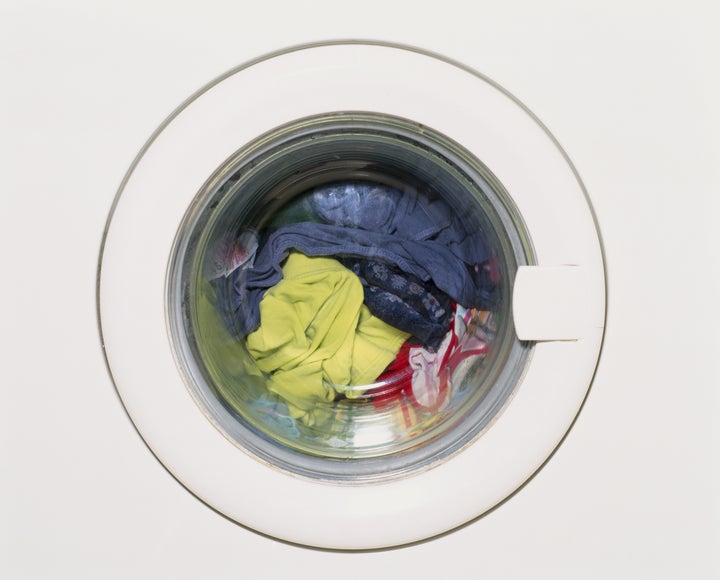Almost one in five Brits never clean their washing machine, putting them at risk of bacteria such as E. coli and Staphylococcus aureus, a survey has found.
In washing machines which aren’t cleaned regularly, bacteria can build up which can potentially cause pneumonia, skin and soft tissue infections, and other diseases.
Sadly, 19% of people are putting themselves at risk as they’ve never cleaned their machines.

The survey of 2,000 Brits by Glotech Repairs also found that almost one third (29%) said they clean their washing machine once a month. While half of respondents (50%) said they clean their machine every few months or less.
In response, Kim Woodburn from ‘How Clean Is Your House?’ said people aren’t cleaning their appliances at the right temperatures, which can result in bacteria building up. “To save money many people will consistently wash at 30 or 40 degrees,” she said. “Depending on how often you use your washing machine you need to occasionally wash it on as much as 90, because 30 is inadequate, it will not clean it out.”
She added: “If you have a large family and do a lot of washing you should clean your machine at least, at least twice a month. You also need to consider what goes in with each wash. A workman’s clothes will be full of germs and gunge. To make sure no bacteria gets lodged, people should clean those at higher temperatures and clean regularly after these washes.”
Woodburn warned against overloading the machine because this stops the cleaning process from working on all of the clothes and the inside of the device. She recommends filling the machine by one third to ensure the clothes can beat around the drum properly.
Inspired to give your washing machine a proper clean? Follow the steps below:
You will need:
- An old (clean) toothbrush
- Hot water
- White vinegar
- A damp cloth
Method:
- Remove the detergent drawer and soak it in hot water, then use a toothbrush to give it a good scrub and remove any mould.
- Rinse the drawer thoroughly and put it back.
- Use the toothbrush to scrub the rubber seal inside the door.
- Add one cup of white vinegar to the drum and set your washing machine to the hottest cycle possible. Do not put any laundry in.
- Let the cycle finish, open the door and let the drum dry.
- Once it’s dry, use a damp cloth and wipe the drum and rubber seals inside the machine. Try to get behind the rubber seal where residue and mould may have built up.
- While you’re at it, wipe the outer surfaces of your machine too.
[Source: Persil]